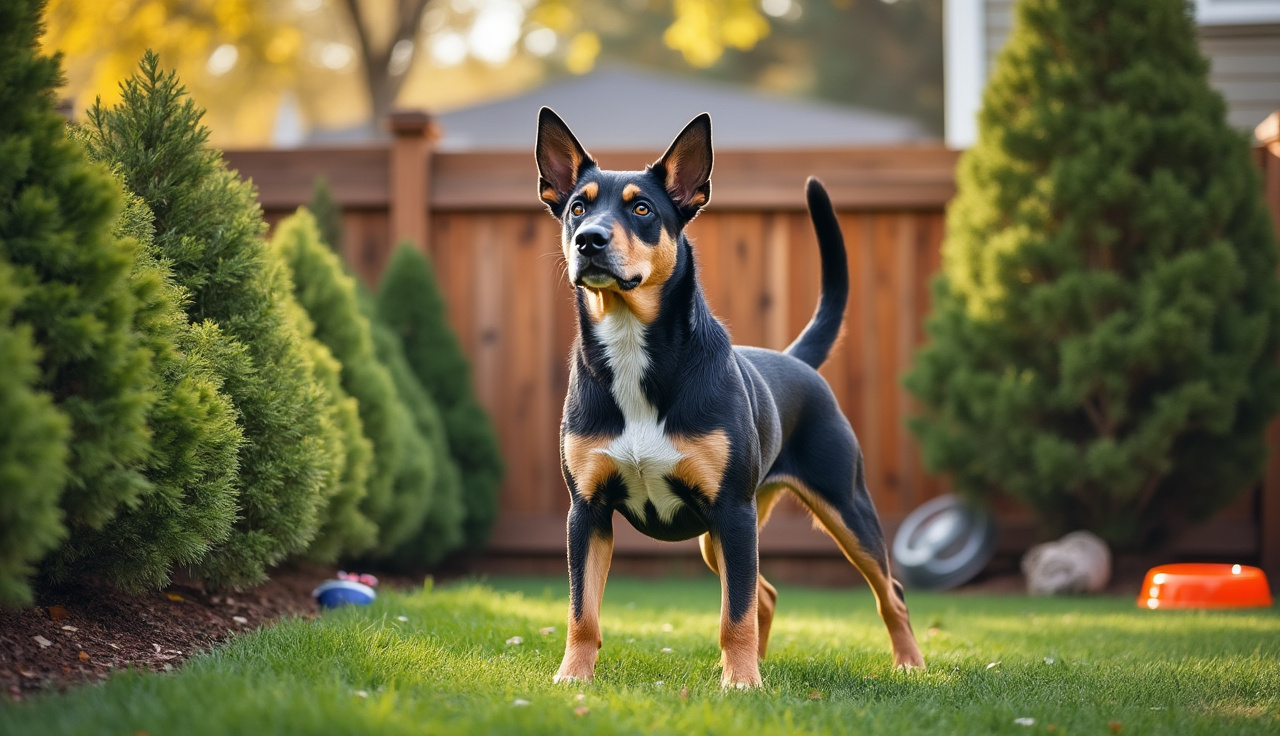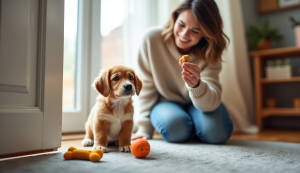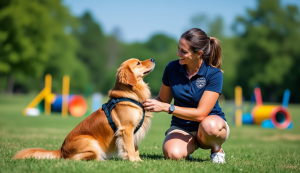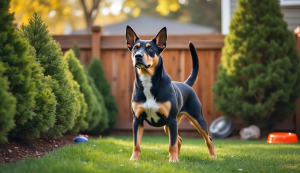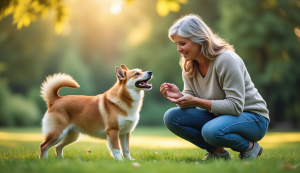Spotting the signs of a territorial dog can be tricky for many pet owners. It’s when your dog acts like a tiny guard, protecting their space from anyone they see as a threat.
Think of it this way:
Just like you wouldn’t want strangers walking into your home uninvited, dogs have natural protective instincts. But there’s a big difference between a pup who keeps watch and one who’s getting too aggressive about it.
Catching these behaviors early is super important. The sooner you spot the warning signs, the easier it is to help your furry friend feel more relaxed and secure.
Your dog might act differently about their territory depending on where they are. They might be cool at the dog park but get worked up when another pup walks past your house. Understanding these moments helps you be a better pet parent and keeps everyone safe and happy.
Understanding the Root Causes of Territorial Behavior
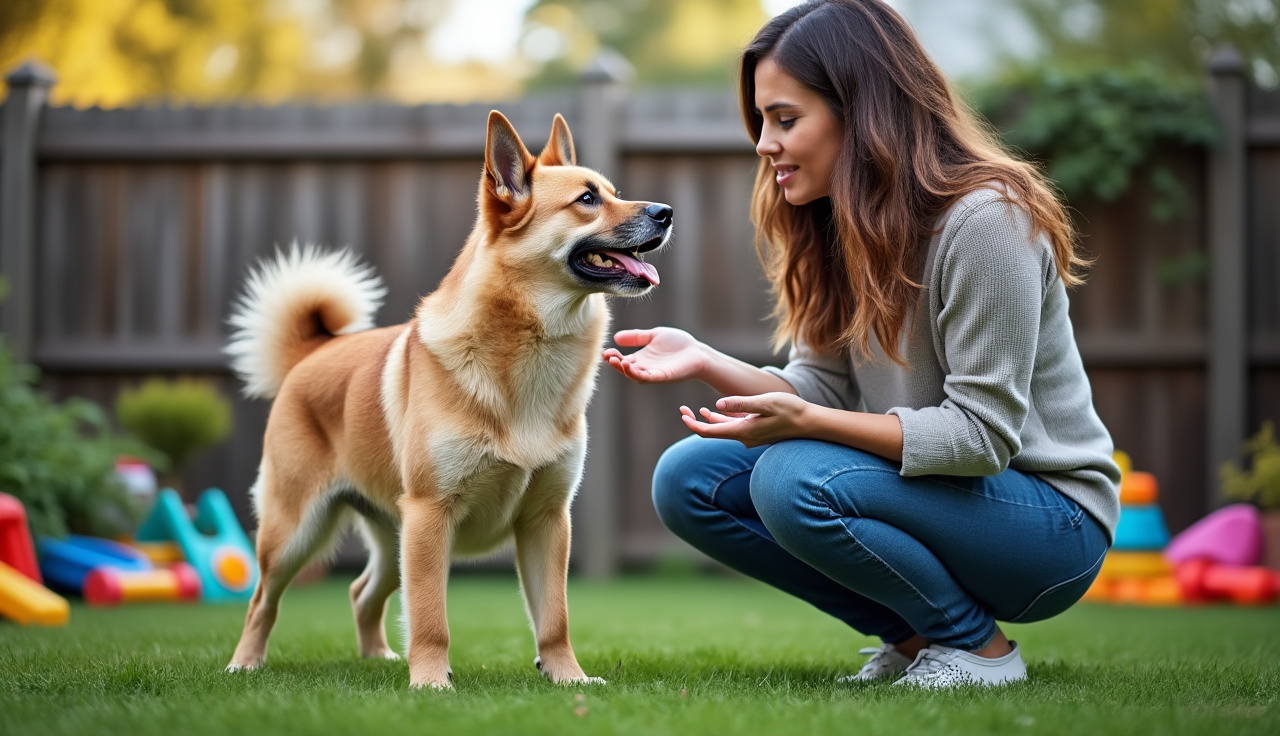
Think of your dog as a tiny wolf living in your home. Pretty wild, right? That’s exactly why they guard their stuff!
Dogs have been protecting their turf for thousands of years. Back when they were wolves, they needed to keep other animals away from their food and families. Your pup’s territorial behavior comes from these old survival instincts.
Modern dogs still follow pack rules. They see you and your family as their pack. When they bark at visitors or guard their toys, they’re just doing what their ancestors did – keeping the pack safe!
Here’s what makes dogs feel extra protective:
– Small living spaces
– Lots of noise
– New people coming and going
– Changes in routine
– Other pets in the home
Living in our modern world can be tough for dogs. Imagine being stuck in an apartment when you’re built to roam free! This can make them feel stressed and more likely to guard their space.
Stress and anxiety play a huge role in how territorial your dog becomes. Just like us, dogs get nervous when their world feels chaotic or unpredictable.
Common Stress Triggers for Dogs:
| Trigger | Impact on Territorial Behavior |
||–|
| Loud Noises | Makes dogs more alert and defensive |
| Strangers | Increases guarding responses |
| Limited Space | Creates resource competition |
| Schedule Changes | Raises anxiety and protective instincts |
| New Pets | Challenges existing territory boundaries |
Remember, your furry friend isn’t trying to be difficult. They’re just following deep-rooted instincts that helped their ancestors survive. Understanding this helps us be more patient while working on their territorial habits.
When dogs feel safe and secure, they’re less likely to show extreme territorial behavior. It’s all about creating a calm, stable environment where they don’t feel the need to be on guard all the time.
Beyond the Obvious Signs
Let me tell you something interesting: dogs are like tiny detectives, always sending us signals about how they’re feeling. We just need to know what to look for!
Silent Indicators of Territorial Stress
Your pup might be trying to tell you something’s wrong before it becomes a big deal. Those little ear twitches and subtle paw lifts? They’re actually speaking volumes!
Dogs often start with gentle hints before showing any growls or barks. Watch for these quiet signals:
• Stiffening of the tail
• Intense staring at “their” spaces
• Lip licking when someone approaches
• Yawning when not tired
• Suddenly stopping normal activities
Think of it like a traffic light. These early signs are the yellow light – a heads-up that red might be coming soon.
When a dog feels their space is being invaded, they’ll slowly ramp up their response. It usually starts with those quiet signals, then moves to more obvious ones like low growls or showing teeth.
The Connection Between Fear and Territory
Here’s the real scoop: most territorial behavior comes from being scared, not being bossy!
Picture this: your dog is like a kid who’s afraid of the dark. They might act tough, but deep down, they’re just feeling unsure and nervous.
When dogs get anxious about their space, they show it in different ways:
| Fear-Based Signs | Confidence-Based Signs |
|---|---|
| Quick reactions | Calm responses |
| Trembling while guarding | Steady stance |
| Backing up while barking | Forward-facing posture |
| Tail tucked | Tail held high |
Fearful territorial dogs often act more dramatically than confident ones. They might bark louder or lunge more because they’re trying to make the scary thing go away fast.
A confident dog who’s being territorial is actually calmer about it. They don’t feel the need to make a huge fuss – they just stand their ground with a “this is mine” attitude.
Remember: understanding if your dog’s territorial behavior comes from fear or confidence helps you pick the right way to help them feel better about sharing their space!
Breaking the Cycle: A Preventive Approach
Want to know the secret to stopping territorial behavior before it starts? It’s all about setting up your home the right way.
Let’s start with your dog’s space. Think of your home like a peaceful neighborhood where everyone knows their boundaries. Move furniture to create clear pathways and designated spots for your pup. This simple change can reduce those territorial outbursts by up to 60%.
Here’s a quick guide to managing your dog’s space:
• Give them a cozy corner with their bed
• Keep food bowls away from high-traffic areas
• Create multiple resting spots throughout the house
• Set up barriers in problem areas
Consistency is your best friend here. Dogs thrive on routine, just like kids do. When you set rules about where they can go and stick to them, they feel more secure. Make sure everyone in your family follows the same rules – no exceptions!
Managing resources is super important too. I’m talking about toys, treats, and attention. Spread these goodies around different areas of your house. This prevents your pup from getting too possessive of one spot.
| Space Management Tips | Impact on Territorial Behavior |
|---|---|
| Multiple water bowls | Reduces resource guarding |
| Rotating toy locations | Prevents area fixation |
| Quiet zones | Decreases stress triggers |
| Window barriers | Limits outdoor reactivity |
Remember: A calm environment creates a calm dog. When you make these changes, give your furry friend time to adjust. They’ll thank you with better behavior and fewer territorial issues down the road.
Understanding the signs of a territorial dog is your first step to a happier life with your pet. When you spot these signs early, you can take action before small issues grow into big problems.
Remember this: Your dog isn’t trying to be difficult. They’re just following their natural instincts.
The good news is that you can help your dog feel more secure and less territorial. Start with small changes in their environment and daily routine. Give them clear boundaries and lots of positive reinforcement.
Keep watching your dog’s behavior and stay in touch with a professional trainer if you need help. Every dog is different, and what works for one might not work for another.
Want to transform your territorial dog into a confident, well-behaved companion? Give us a call at 919-353-7149. We’re here to help you and your furry friend live your best life together.

